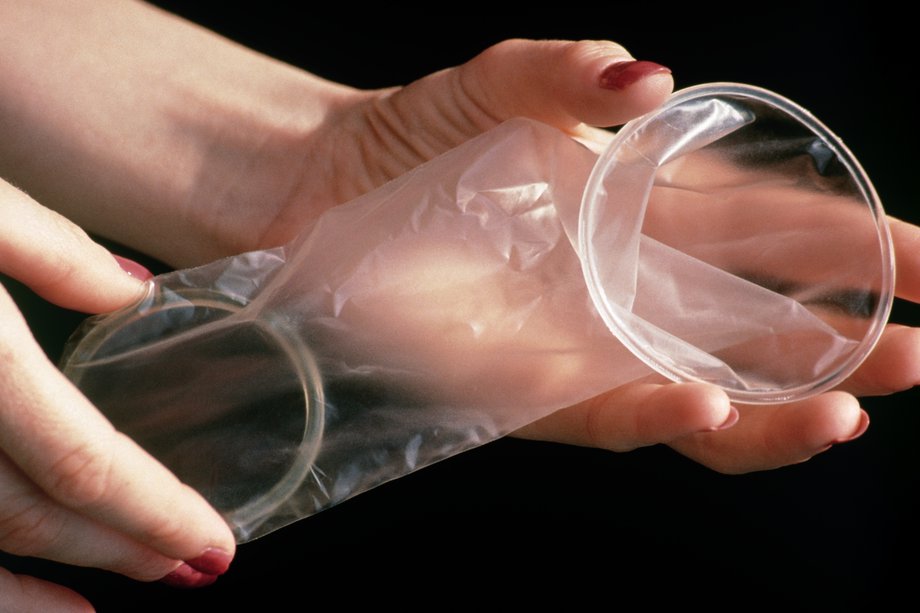Apply the appropriate treatment algorithm: Bradycardia with a Pulse Tachycardia with Adequate Perfusion Tachycardia with Poor Perfusion . Ventricular Septal Defect (VSD) 1. Lidocaine Injection official prescribing information for healthcare professionals. Includes: indications, dosage, adverse reactions, pharmacology and more. Detailed Lidocaine dosage information for adults and children. Includes dosages for Ventricular Tachycardia, Anesthesia, Ventricular Fibrillation and more. Lidocaine, also known as lignocaine, is a medication used to numb tissue in a specific area (local anesthetic). It is also used to treat ventricular tachycardia and. The cardiovascular health system is concerned with the supply of blood to the body tissues through the heart and blood vessels. Name the following rhythms from the list below: Normal Sinus Rhythm NSR Sinus Bradycardia Sinus Tachycardia Atrial Flutter Supraventricular Tachycardia SVT. Lidocaine is a local anaesthetic of the amide group. Lidocaine solution for injection is indicated for use in infiltration anaesthesia, intravenous regional. While adrenaline when used in conjunction with Lidocaine might decrease vascular absorption, it greatly increases the danger of ventricular tachycardia and. Sustained ventricular tachycardia(VT) may arise in the conducting system below the bundle of His or in the ventricular myocardium or both lasting 30s or more at rate. A 3yearold unresponsive, apneic child is brought to the emergency department. EMS personnel report that the child became unresponsive as they arrived at the.



.jpg)







